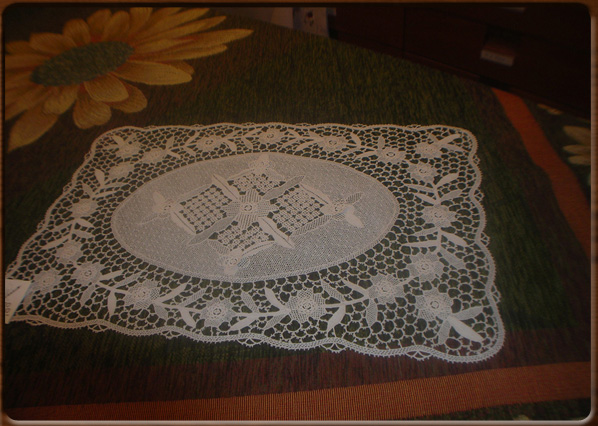
Typical of the island of Burano lace.
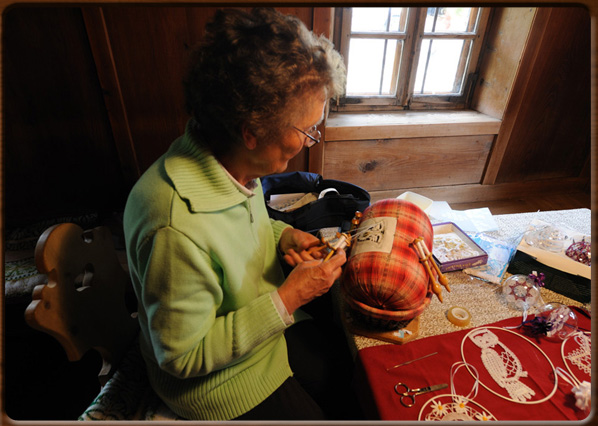
Lacemaker at the lace pillow.
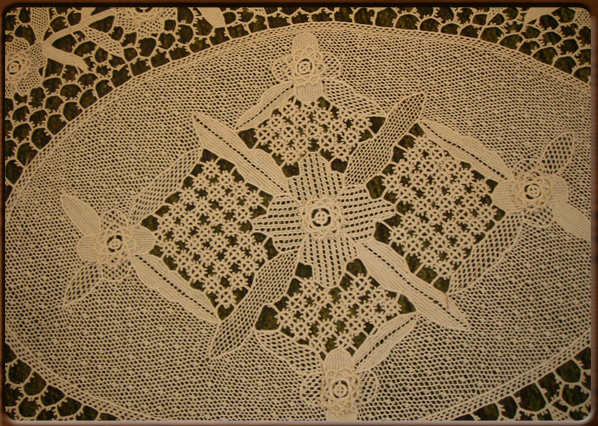
Lace of the island.
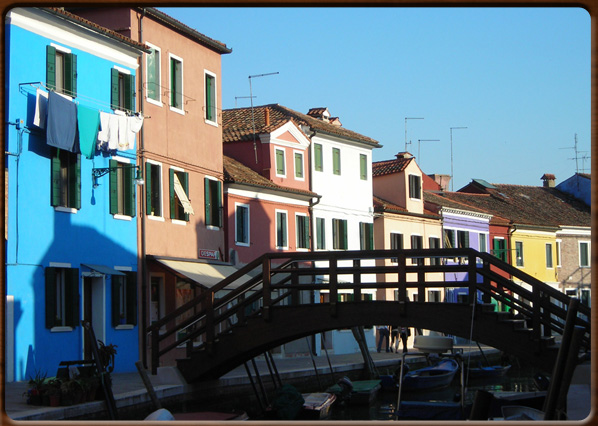
Burano.
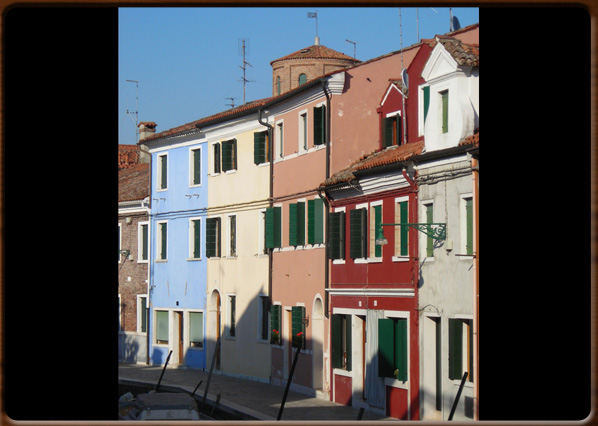
colorful houses on a chanel of the Burano island.





No video
Venetian lace is an ancient tradition especially in the small lagoon island of Burano and is recognised as an art.
There are two different lace-making techniques: the needle technique, which has only survived in the lagoon area on the island of Burano producing top quality artistic lace, and the bobbin technique that developed in the city of Venice and other islands in the lagoon.
The first technique has its roots in embroidery and involves just a needle and thread without any fabric, hence its evocative name "punto in aria" (literally, air stitching), while the second uses a “tombolo”, a cylindrical cloth-stuffed cushion.
Venetian lace was appeared in the 16th Century in the middle of the Italian Rinascimento, a period of artistic and cultural awakening. It was immediately highly appreciated in Europe to the point that it became as important an export as Murano glass, contributing significantly to the Republic’s economy.
Even during the 17th and 18th Centuries Venetian lace creations continued to much sought after. Chronicles of the time illustrate how successful and popular Venetian lace was, especially among aristocrats who could afford it: an English nobleman paid 250 Hungarian denars in 1638 for a Venetian lace collar to be worn at the coronation of the Sun King Louis XIV of France, while the Emperor Joseph II of Austria spent 3,000 florins for Venetian needle-lace to decorate his wedding bed.
During the 1700s, foreign competition (especially cheap French lace) led to a sharp fall in output and the decline of the lace industry on Burano. This became a major crisis after the French Revolution, when the wearing of lace was banned in the name of equality and the monasteries and convents (places of production par excellence), were abolished.
Then, in the 1800s machinery industrialised lace production.
The art of lace-making in Venice only picked up again in 1872 when a professional school was set up by the Countess Adriana Marcello in order to revive the great traditions of Venice. The Burano school was finally closed in 1973, but the building now houses a museum (established 1981) with displays of the old tools and equipment used for sewing and lace-making, plus various examples of lace through the ages.
Today original Venetian lace (especially that of Burano) is still made by hand, much appreciated and demands a high price. In order to preserve the perfection with which some masterpieces are still made and counter the perennial crisis in the lace industry, the Region of Veneto has decided to open a professional college on Burano, 130 years after the first school was established there.
The aim is protect a tradition and an art that form an important part of Venice’s rich cultural heritage.
1500 - - rev. 0.1.5